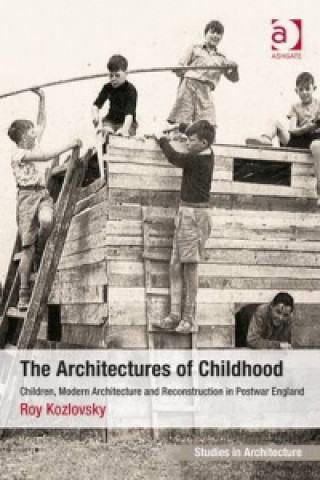
Kód: 04783152
Architectures of Childhood
Autor Roy Kozlovsky
Between 1935 and 1959, the architecture of childhood was at the centre of architectural discourse in a way that is unique in architectural history. Some of the seminal projects of the period, such as the Secondary Modern School at ... celý popis
- Jazyk:
 Angličtina
Angličtina - Vazba: Pevná
- Počet stran: 292
Nakladatelství: Taylor & Francis Ltd, 2013
- Více informací o knize

Mohlo by se vám také líbit
-

Migrants, Servants and Slaves
5234 Kč -

Fertility Cryopreservation
3649 Kč -

Soren Kierkegaard
1370 Kč -

Ethics of Hope
2175 Kč -

Musical Idea and the Logic, Technique, and Art of its Presentation
4358 Kč -

China 2000
3995 Kč -

Jesus and Archaeology
1471 Kč
Darujte tuto knihu ještě dnes
- Objednejte knihu a zvolte Zaslat jako dárek.
- Obratem obdržíte darovací poukaz na knihu, který můžete ihned předat obdarovanému.
- Knihu zašleme na adresu obdarovaného, o nic se nestaráte.
Více informací o knize Architectures of Childhood
Nákupem získáte 556 bodů
 Anotace knihy
Anotace knihy
Between 1935 and 1959, the architecture of childhood was at the centre of architectural discourse in a way that is unique in architectural history. Some of the seminal projects of the period, such as the Secondary Modern School at Hunstanton by Peter and Alison Smithson, Le Corbusier's Unite d'Habitation at Marseilles, or Aldo van Eyck's playgrounds and orphanage, were designed for children; At CIAM, architects utilized photographs of children to present their visions for reconstruction. The unprecedented visibility of the child to architectural discourse during the period of reconstruction is the starting point for this interdisciplinary study of modern architecture under welfare state patronage. Focusing mainly on England, this book examines a series of innovative buildings and environments developed for children, such as the adventure playground, the Hertfordshire school, the reformed children hospital, Brutalist housing estates, and New Towns. It studies the methods employed by architects, child experts and policy makers to survey, assess and administer the physiological, emotional and developmental needs of the 'user', the child. It identifies the new aesthetic and spatial order permeating the environments of childhood, based on endowing children with the agency and autonomy to create a self-regulating social order out of their own free will, while rendering their interiority and sociability observable and governable.By inserting the architectural object within a broader social and political context, The Architectures of Childhood situates post-war architecture within the welfare state's project of governing the self, which most intensively targeted the citizen in the making, the children. Yet the emphasis on the utilization of architecture as an instrument of power does not reduce it into a mere document of social policy, as the author uncovers the surplus of meaning and richness of experience invested in these environments at the historical moment when children represented values and ideas about life, community, happiness, human potentiality, and perhaps even the very prospect of imagining a more humane and secure future at the aftermath of the Second World War.
 Parametry knihy
Parametry knihy
Zařazení knihy Knihy v angličtině The arts Architecture
5564 Kč
- Plný název: Architectures of Childhood
- Autor: Roy Kozlovsky
- Jazyk:
 Angličtina
Angličtina - Vazba: Pevná
- Počet stran: 292
- EAN: 9781409439776
- ISBN: 1409439771
- ID: 04783152
- Nakladatelství: Taylor & Francis Ltd
- Hmotnost: 700 g
- Rozměry: 246 × 174 mm
- Datum vydání: 13. May 2013
Oblíbené z jiného soudku
-

The Modern A-Frame
681 Kč -

Container and Modular Buildings
1071 Kč -

Milan Architecture
702 Kč -

S, M, L, XL
2159 Kč -

Kelly Wearstler
1082 Kč -

Monotowns
522 Kč -

Koolhaas/Obrist. Project Japan. Metabolism Talks
1194 Kč -

Atlas of Brutalist Architecture
1355 Kč -

Eastern Blocks
520 Kč -

Contemporary Houses. 100 Homes Around the World
1408 Kč -

Decorative Art 60s
713 Kč -

New Nordic Houses
982 Kč -

Decorative Art 70s
713 Kč -

Architectural Detailing - Function, Constructibility, Aesthetics 3e
2153 Kč -

German Belt Buckles 1845-1945: Buckles of the Enlisted Soldiers
1345 Kč -

101 Things I Learned in Architecture School
366 Kč -

Tiny House Design and Construction Guide
492 Kč -

Brutal Poland
551 Kč -

Architecture Reference & Specification Book updated & revised
517 Kč -

More Beautiful
883 Kč -
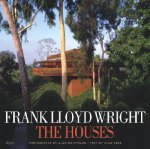
Frank Lloyd Wright: The Houses
1784 Kč -

Pugin's Gothic Ornament
308 Kč -

domus 1960s
713 Kč -

Made in Norway
506 Kč -

BIG
1332 Kč -

Architecture in the 20th Century
1408 Kč -

Louis I. Kahn
380 Kč -

Living in the Desert
1147 Kč -

On Architecture: Bks. I-X
391 Kč -

Barbican Estate
1036 Kč -

Rebirth of an English Country House
1083 Kč -

Beauty of Home
874 Kč -

domus 1970s
713 Kč -

What Is Japanese Architecture?: A Survey Of Traditional Japanese Architecture
734 Kč -

Rattan
1301 Kč -

Chicagoisms
927 Kč -
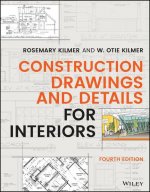
Construction Drawings and Details for Interiors, Fourth Edition
1697 Kč -
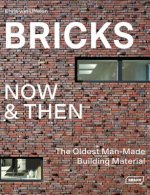
Bricks Now & Then
1177 Kč -
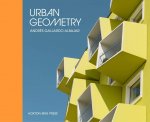
Urban Geometry
463 Kč -

Garden Pools and Swimming Ponds: Design, Construction, and Landscape
780 Kč -

Crystal Palace
674 Kč -

Brick 22
1174 Kč -

Brutal East Vol. II
675 Kč -

Architecture Without Architects
762 Kč -

Martin Rauch: Refined Earth
1424 Kč -

Atmospheres
969 Kč -

Brutal East (model Kits)
473 Kč -

Eiffel Tower
773 Kč -
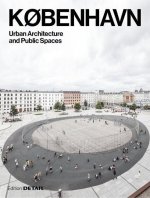
KOBENHAVN. Urban Architecture and Public Spaces
1332 Kč
Osobní odběr Praha, Brno a 12903 dalších
Copyright ©2008-24 nejlevnejsi-knihy.cz Všechna práva vyhrazenaSoukromíCookies



 Vrácení do měsíce
Vrácení do měsíce 571 999 099 (8-15.30h)
571 999 099 (8-15.30h)